The George Hicks Collection
Research Fellow Geoff Wade spotlights the National Library’s George Hicks Collection, generously donated by George Lyndon Hicks. Comprising books from his personal library, the collection has more than 3,000 rare and contemporary volumes.
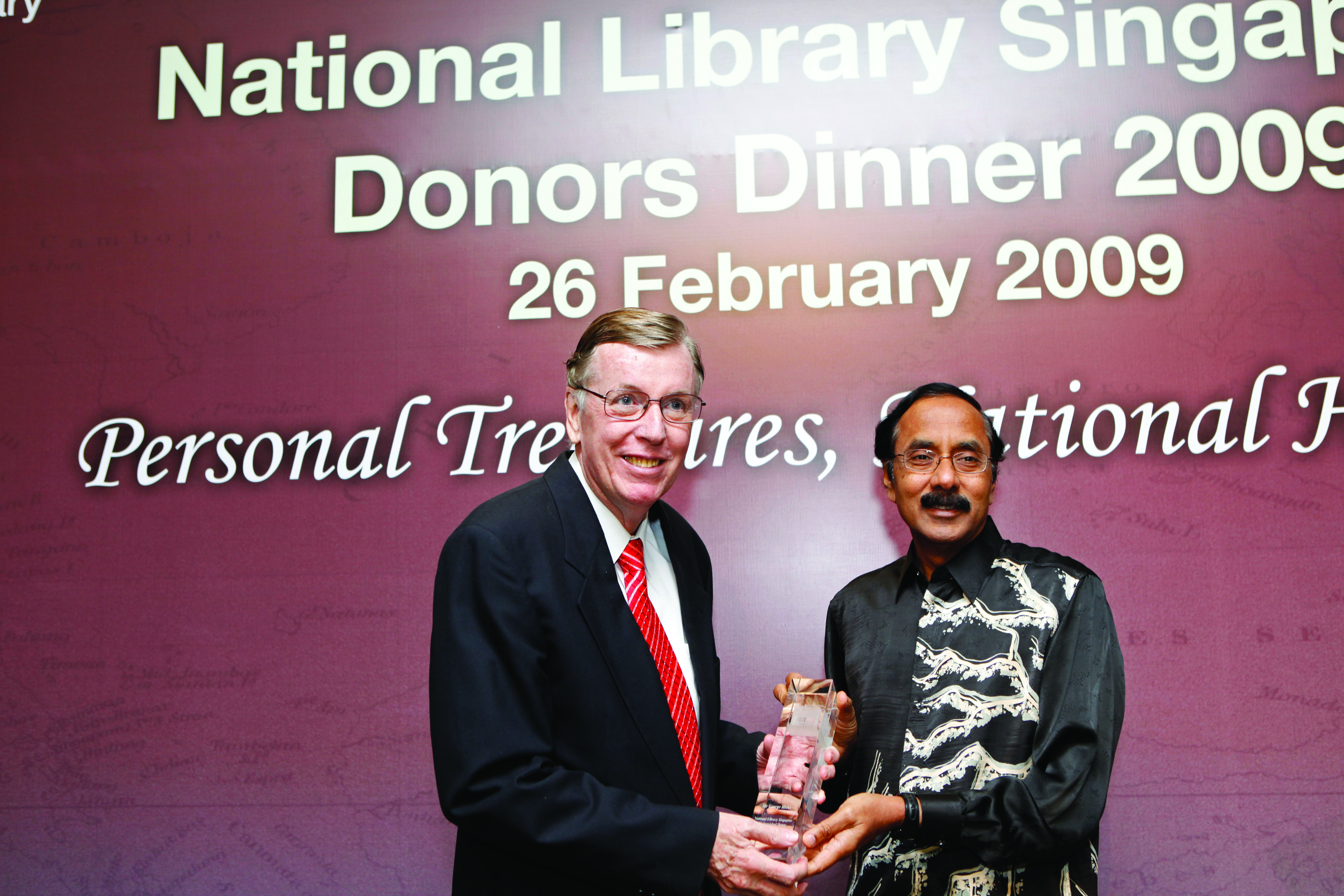
In an age when the printed word is being rapidly transformed into a digital signal and the page into an electronic image, it is always pleasing to meet people for whom the book is still a treasured object. While books may not necessarily still be today what Charles William Elliot, the long-standing president of Harvard University, called “the most accessible and wisest of counselors”, bibliophiles generally see them as the most aesthetic and collectable carriers of information and ideas.
Those who have amassed personal libraries value their books both for their content and for the beauty inherent in their physical production, and some collectors try to ensure that the contents of their libraries will be available to future generations for decades or centuries to come by donating their collections to public institutions.
The National Library of Singapore has been fortunate through the years to have been the beneficiary of major collections created over decades by such collectors: scholars like Tan Yeok Seong, Edwin Thumboo and Carl Gibson-Hill; professionals like Koh Seow Chuan; and specialised collectors including the film aficionado Ang Kok Sai.
The National Library Board (NLB) has recently received a major gift of books from George Lyndon Hicks – economist, author, book lover, traveller, businessman and long-time Singapore resident. A large part of his personal library has now been given to the people of Singapore through this donation to the National Library. The collection, comprising more than 3,000 rare and contemporary volumes, is particularly valuable in its China, Japan and Southeast Asia foci, with economics, history and culture being the areas best represented by the works.
The collection reflects, naturally enough, the interests and life journey of Hicks, an Australian who has lived, studied and worked in various parts of Asia for more than half a century. It was in the late 1950s that Hicks’ connections with Asia began, first through involvement with the international student movement and subsequently as an economist travelling north to conduct research on the nationalisation of Dutch enterprises in Sukarno’s Indonesia.
It was there, as he trawled the secondhand book stores of the major cities of Java, that the beginnings of the Hicks collection emerged. The wide range of rare Dutch works on Asia, and particularly on the 19th-century economic history of Indonesia, which he purchased during this period and subsequently – and on the basis of which some of his own books were written – were in later years presented as a gift to the Indonesian Academy of Sciences. This unique collection included 11,000 reports of companies which had operated in the Dutch East Indies and Indonesia. Hicks was again in Indonesia during the tumultuous years of 1963–65 but, following the attempted coup of 30 September 1965, left to return to Australia to continue his work.
Being on the first flight out of Jakarta following the attempted coup meant that he was, on arriving in Australia, in much demand for news and comment. His work on Indonesia and the books collected allowed Hicks to jointly compile with Geoffrey McNicoll an influential listing of key works on the economy of Indonesia: The Indonesian Economy, 1950–1965: A Bibliography (Southeast Asia Studies Program, Yale University, 1967).
The late 1960s saw Hicks move to the Philippines to pursue further studies on the background of Southeast Asian economic development. On the basis of this research, he published Trade and Growth in the Philippines: An Open Dual Economy (Cornell University Press, 1971). The studies, reports and monographs accumulated during his stay in the Philippine Islands were added to his growing library.
Japan was the next destination in the 1970s, where again he pursued economic research as well as conducted a study of the Korean minority in Japan, which was subsequently published as Japan’s Hidden Apartheid: The Korean Minority and the Japanese (Ashgate, 1997). A wide range of Japan- and Korea-related books, on both economic and cultural history, can thus be found in the Hicks Collection.
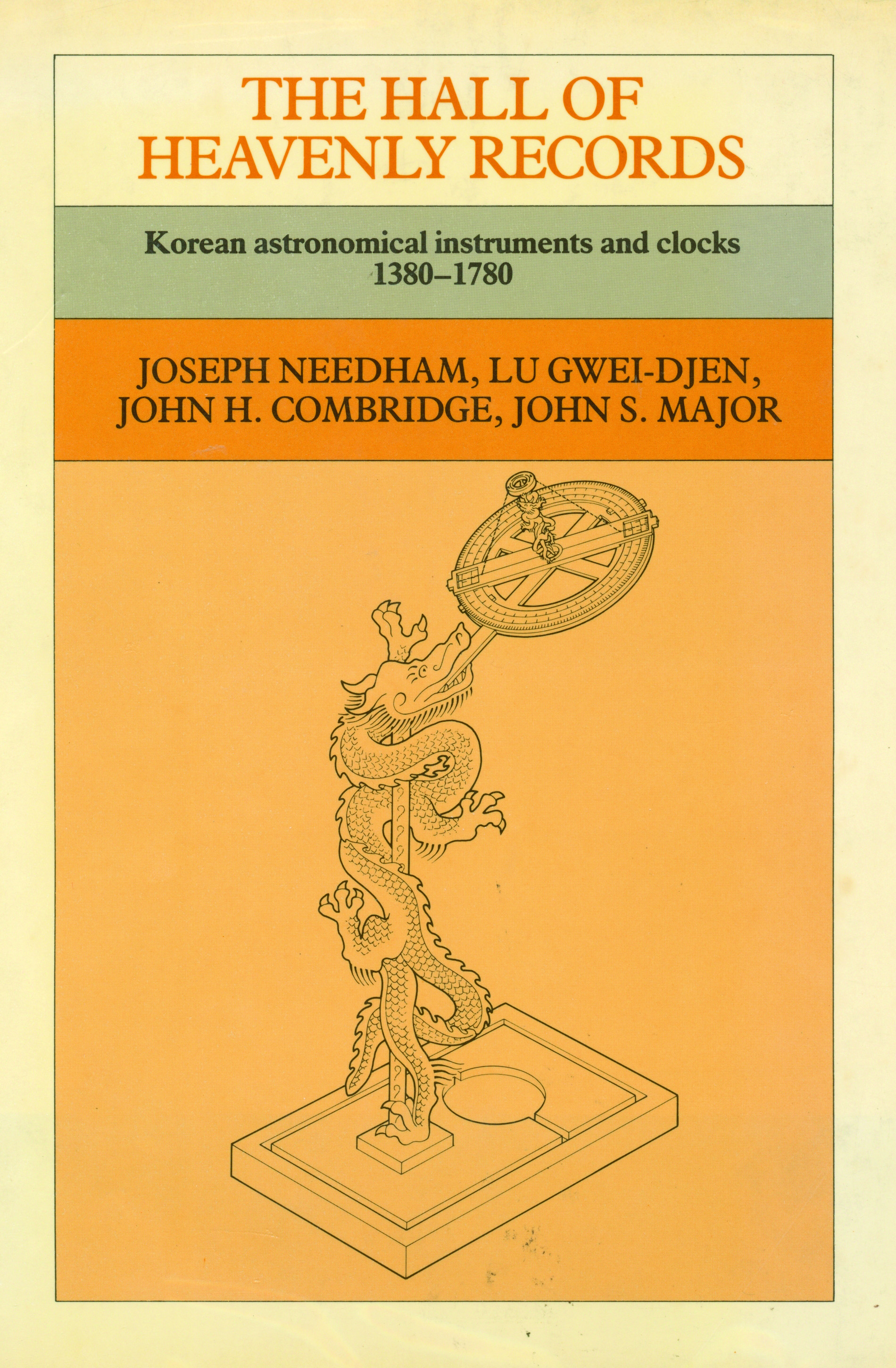
The two decades which the Hicks family spent in Hong Kong from the 1970s to the 1980s saw his business interests, as well as his scholarly interests and library, expanding greatly. Many of the China-related books which were acquired during this sojourn are included in the collection donated to the NLB, as are works he drew on in writing his frequent contributions to the International Herald Tribune, the Far Eastern Economic Review and the Asian Wall Street Journal. The economic studies he had conducted regionally in the previous decades provided Hicks with a powerful context and basis on which the rapid development of the region during this period could be analysed and described.
After coming to reside in Singapore in the 1990s, Hicks continued to travel (and purchase books) widely throughout other parts of Asia, and began to increasingly concern himself with Japanese denial – described as either amnesia or concealment – of Word War II atrocities. He subsequently spent five years of his life researching and writing his famous study The Comfort Women: Sex Slaves of the Japanese Imperial Forces (Singapore: Heinemann Asia, 1995).
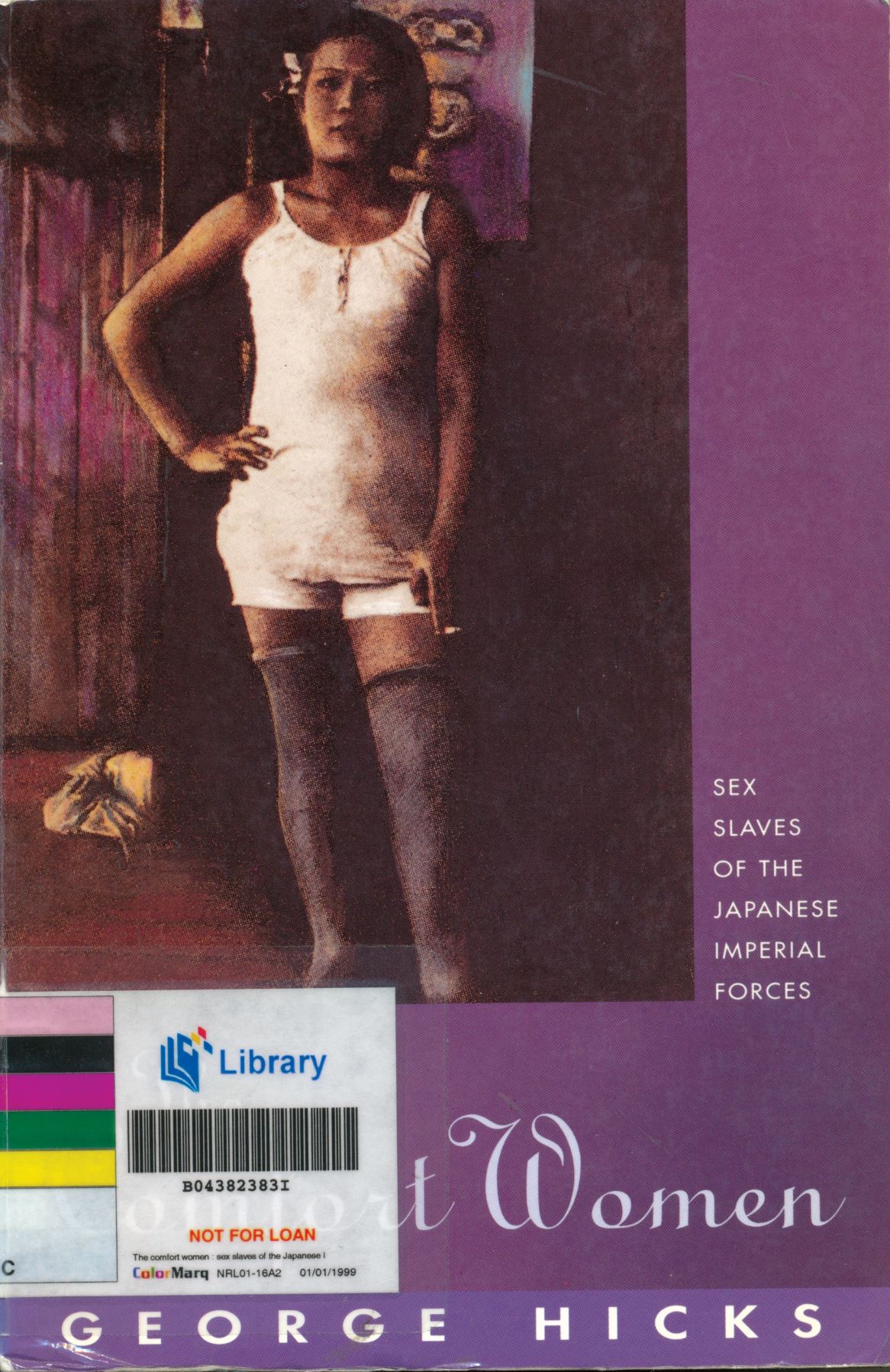
Over the same period he was also engaged in publishing, through Select Books in Singapore, a range of studies on the Chinese in Southeast Asia prior to World War II – Overseas Chinese Remittances from Southeast Asia 1910–1940 (1993), Fukuda Shozo’s With Sweat and Abacus: Economic Roles of Southeast Asian Chinese on the Eve of World War II (1995) and Chinese Organisations in Southeast Asia in the 1930s (1995). He also published A Bibliography of Japanese Works on the Overseas Chinese in Southeast Asia, 1914–1945 (Asia Research Service, Hong Kong, 1992). The wide range of books he procured to assist in these various writing and editing projects, a large number of which are rather scarce works relating to the Chinese communities in Southeast Asia prior to the Pacific War, further enhance the value of the Hicks Collection.
But it is not only Asia which has enthralled Hicks through the last half century, and the donated collection is certainly not solely Asia-focused. Rather, the works contained within also reflect Hicks’ preoccupation with the European Enlightenment, and the ideologies of this key period in world history. Issues with which we still grapple today – the role of critical thought, reason and rationality, as well as the scientific method – were all pondered by 17th–18th century thinkers of the Enlightenment, including Galileo, Descartes, Newton and Bacon. The development of these ideas, as well as related issues on the advancement of science in Asia, and particularly Needham’s grand question as to why China was overtaken by the West in science and technology despite its earlier lead, are thus also reflected in a range of works within this collection.
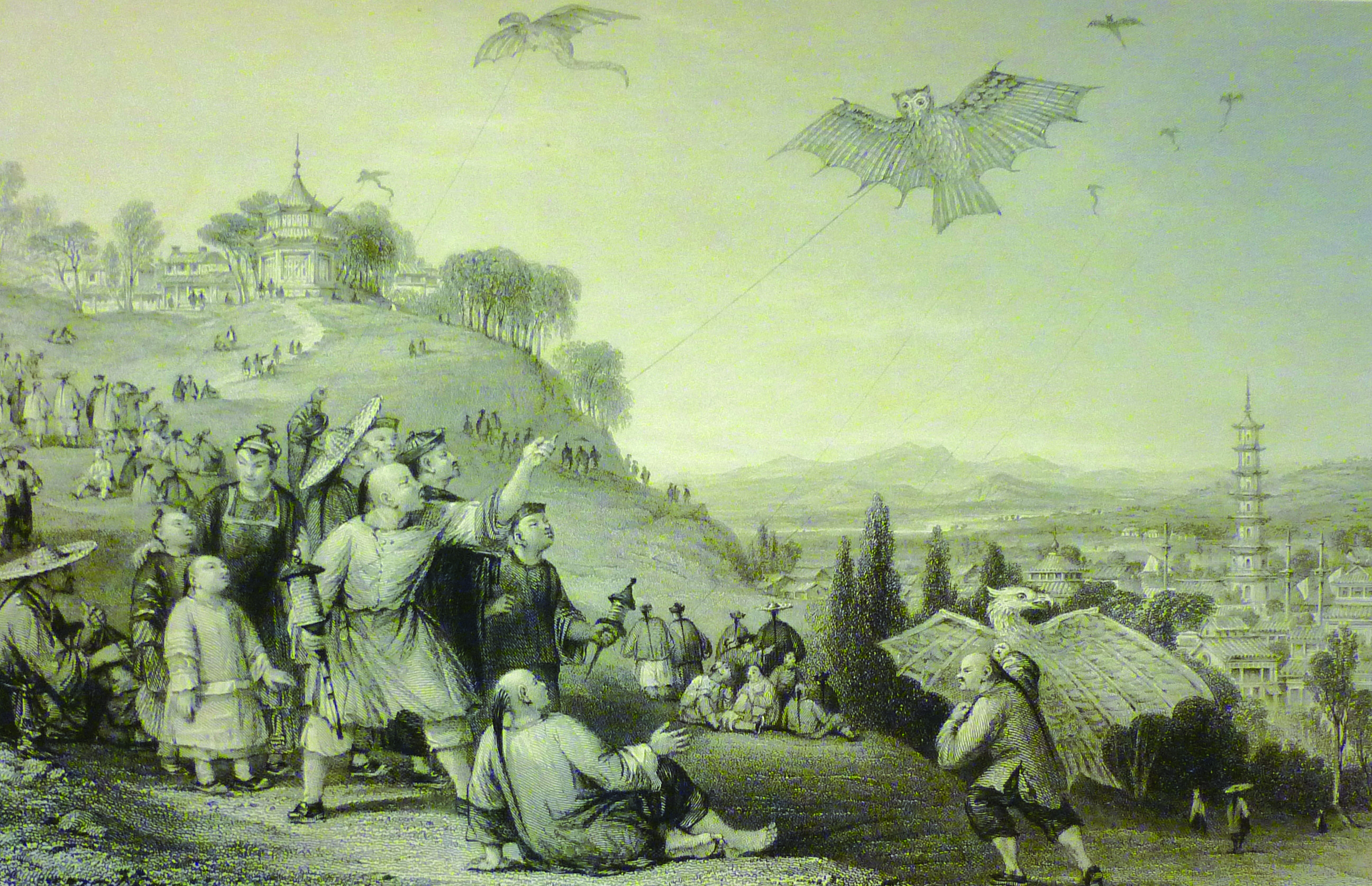
However, the gems of the Hicks Collection are undoubtedly a range of very rare works included in the donation. These include: An English translation of Simon La Loubere’s account of Ayutthaya, A New Historical Relation of the Kingdom of Siam (London, 1693), a copy of William Thorn’s Memoirs of the Conquest of Java (London, 1815), and the original edition of Raffles’ The History of Java (London, 1817). Also donated are Marsden’s History of Sumatra (London, 1811) and several volumes of beautiful engravings of China from the 1840s based on paintings by Thomas Allom. Without a doubt, the pièce de résistance of the collection is a superb example of the two-volume Begin Ende Voortgangh, Van de Vereenighde Nederlantsche Geoctroyeerde Oost-Indische Compagnie (The Beginning and Ending of the Dutch East India Company), compiled by Isaac Commelin and published in Amsterdam in 1646. This has been assessed as one of the finest examples of this work extant in the world today, and is indeed a treasure for the NLB.
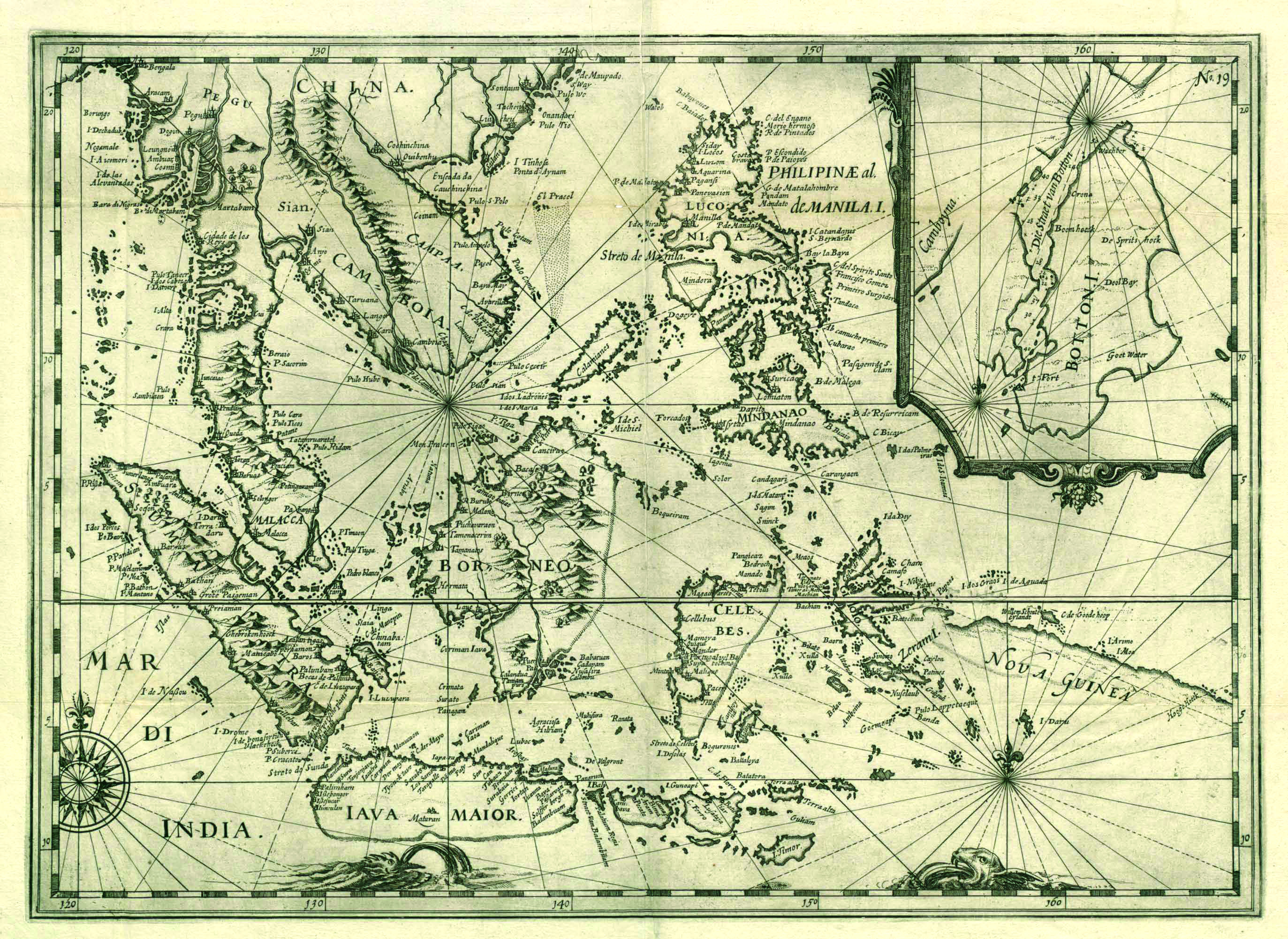
The Hicks Collection is as fine as it is extensive, and the areas selected for comment above are only very key foci of this outstanding donation. The books are now in the perpetual care of the National Library of Singapore. The donor is pleased that these works provide to the people of Singapore some resources previously unavailable, but at the same time also hopes that they will help to engender, particularly among the young, a love of books and that they will help visitors to the library, in the words of Henry Fielding, “read in order to live”.
Selected titles from the George Hicks Collection are on display at the Donors Gallery, Level 10, Lee Kong Chian Reference Library. Please approach the Information Counter at Level 11 for queries on the collection.
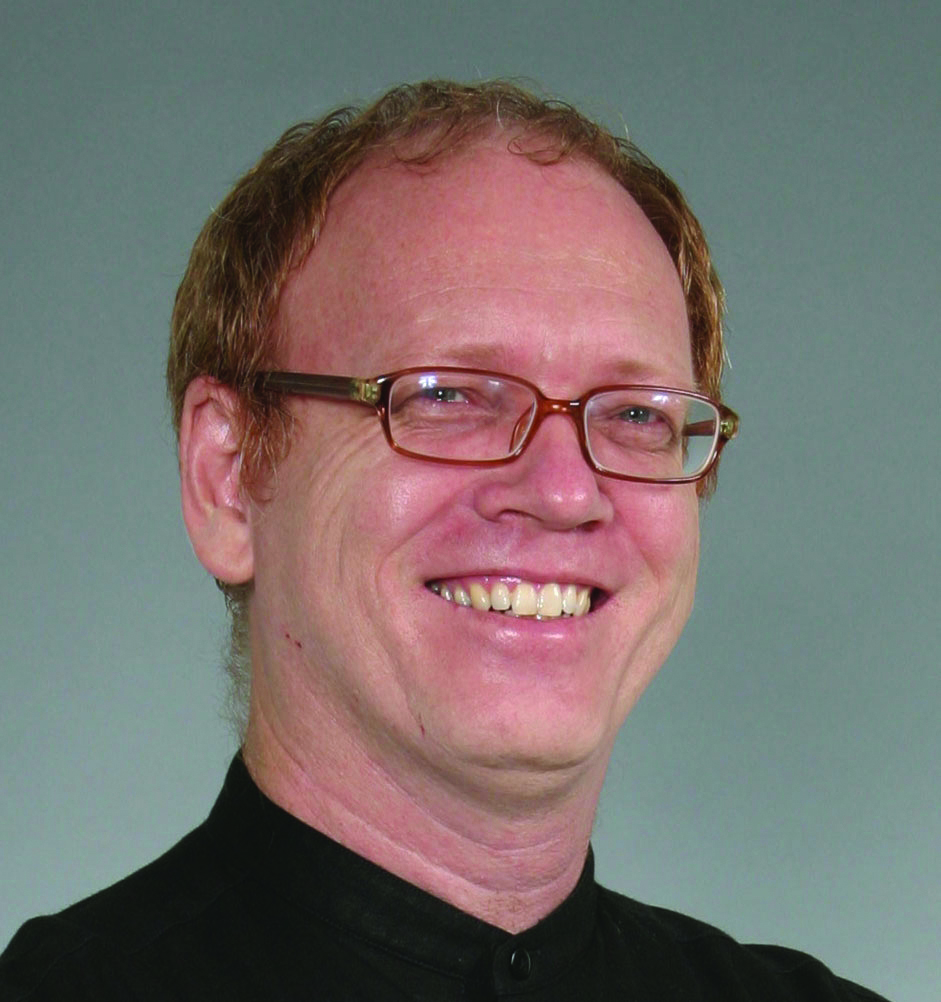
Visiting Senior Research Fellow
Institute of Southeast Asian Studies

